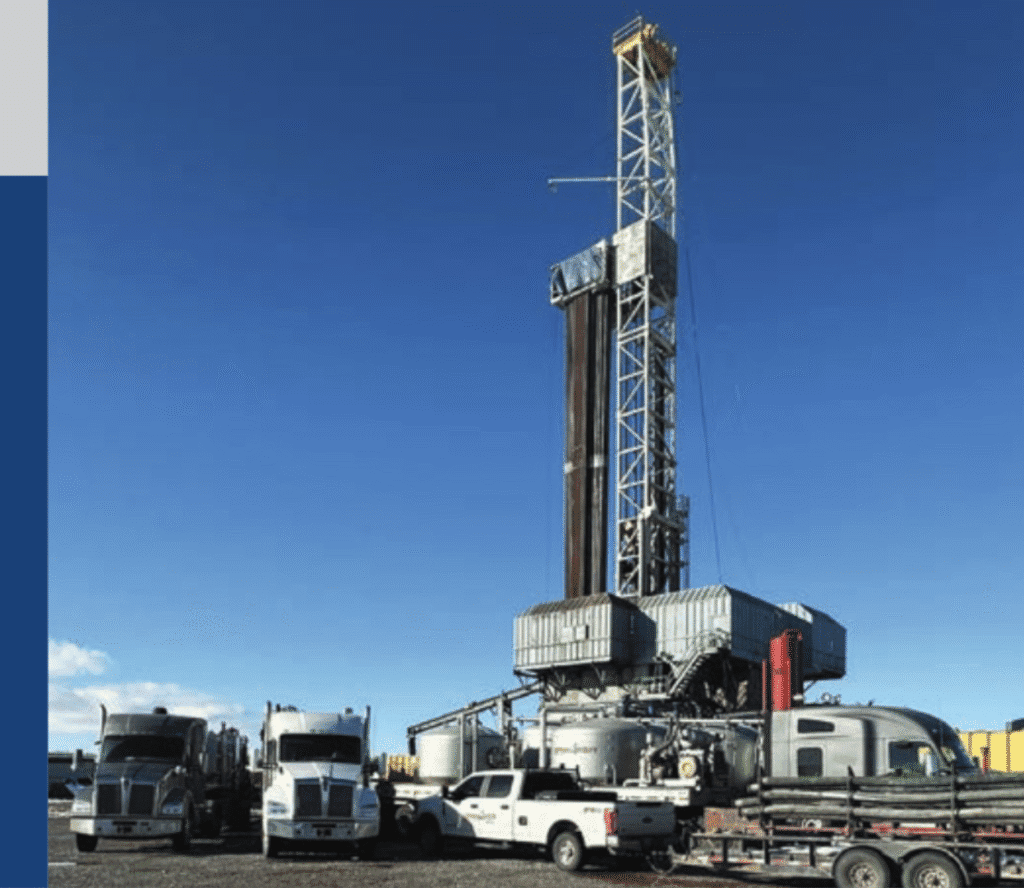Location: Oklahoma’s South SCOOP Extent Region
Challenge:
An operator drilling a two-mile lateral well in Oklahoma’s South SCOOP Extent Region faced significant and persistent mud losses during the lateral drilling phase. Despite employing various mitigation strategies, including managing Equivalent Circulating Densities (ECDs), pumping large volumes of Loss Circulation Materials (LCMs), adjusting drilling fluid density, and controlling pump rates, these efforts were insufficient. This raised concerns about the feasibility of executing a successful cement job without further exacerbating losses due to elevated ECDs.
Spinnaker Solution:
The Spinnaker Team proposed utilizing our NitroBond Foam Cement Technology. This lightweight, nitrogen-foamed cement system is specifically engineered to reduce ECDs and enhance cement placement in formations prone to losses. Spinnaker developed a custom base slurry, which was then foamed down to approximately 27% foam quality. This achieved an optimal balance between reduced density and mechanical integrity.
Execution:
The entire lateral was cemented using the NitroBond system. Nitrogen and foaming agents were precisely metered and monitored in real-time via a state-of-the-art NitroBond Van on location. The job was executed flawlessly, with returns consistently maintained throughout the process, and all spacers successfully recovered at the surface.
Results:
A subsequent Cement Bond Log (CBL) confirmed excellent cement placement, with the cap cement (unfoamed section) clearly visible and accurately positioned. The operator expressed high satisfaction with the outcome, leading to the successful completion of approximately 10 additional wells in the area using the same NitroBond technology. This case study effectively demonstrates the superior performance of foam cement in challenging well conditions and features the critical importance of meticulous planning, advanced fluid design, real-time monitoring, and collaborative execution.

